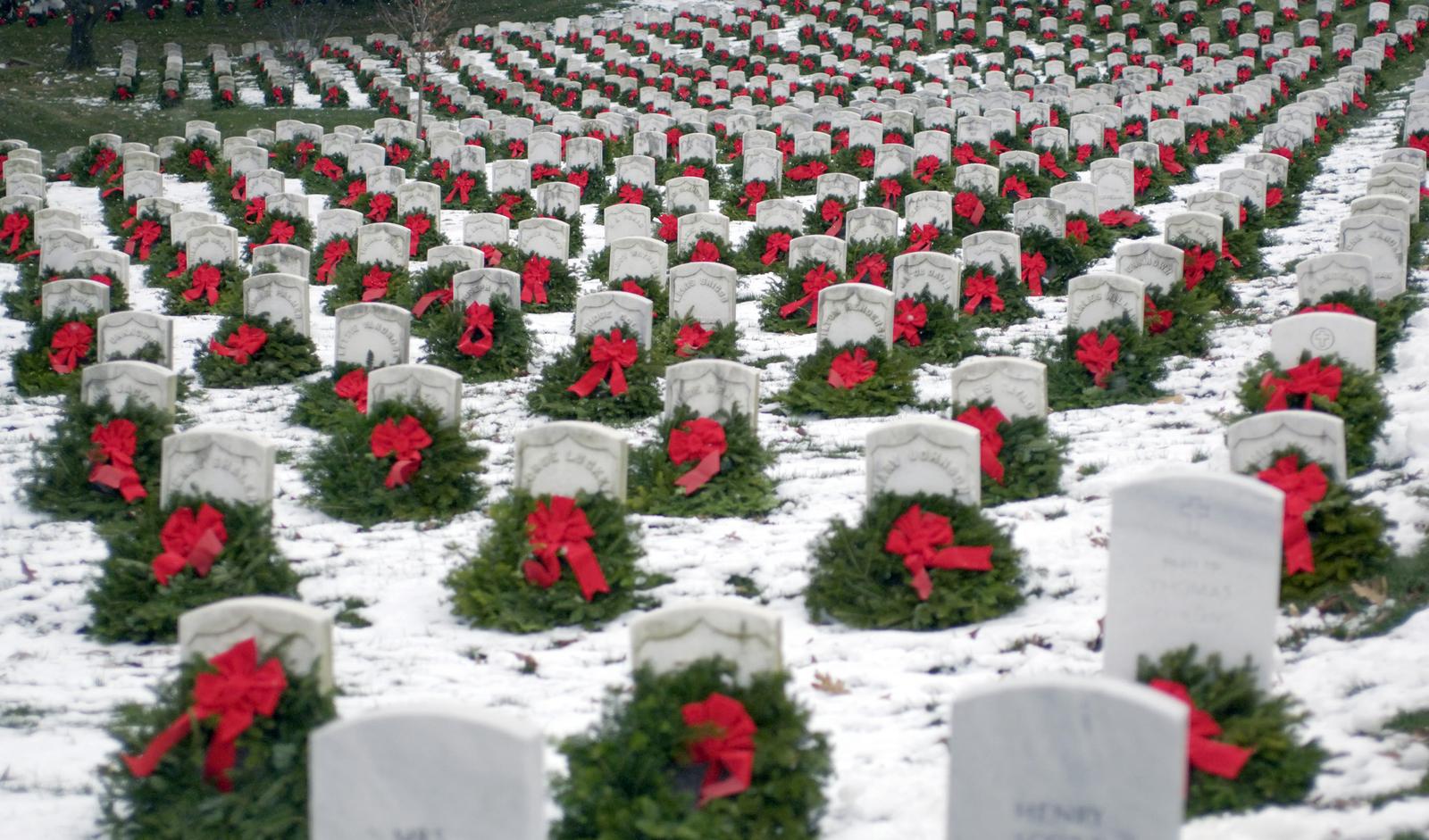
You Don’t Know Jacks
Yes, I know the picture is not in that great a focus. I had to be sneaky at this place OK?
What I think makes it interesting is that it breaks down all the different flags you would see on a warship and what they mean. I’ll provide the definitions, the picture can give you an idea of what the flags look like. While this is showing US and Confederate examples, these should be pretty universal for the time.
The definition for the terms we are going to define will be based on what is provided at Sea Talk Nautical Dictionary. The are a free site that takes donations (what a great idea!) so feel free to visit and toss them a few bucks.
Ensign
In flag terms, the ships ensign is the flag of the nation that the ship is sailing under. Sometimes it is the same as the normal flag, but with nautical symbols (like anchors) or a slightly different design. Sometimes it is just a bigger version of the normal flag. It will be the biggest flag on a ship. From far away you will know who you are dealing with.
Jacks
The smaller flags, or jacks, usually flown on the front (bow) of a ship. Again, this is a national flag and where you will see some of the cooler designs.
Commission Pennant
This long streamer designates the ship as being “commissioned”, or on active duty. It is flies at all times. With the advent of professional navies, these pennants distinguish military ships from merchant ships. They remain a source of great pride among the navies of the world.
Officers Flag
Naval officers over the rank of Captain get to fly special flags that denote their rank. If you saw a ship flying one of these you would know immediately who was in charge. Interesting enough, if you ever have heard the term “Flag Officer” this is where it comes from.
The purpose of all of these flags was to provide as much information as possible. In a time of limited communication these visual cues were important That is of course assuming the ship is playing by the rules.









